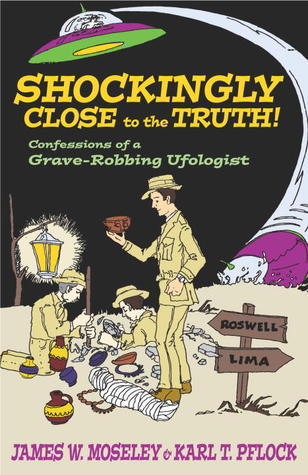What do you think?
Rate this book


376 pages, Hardcover
First published March 1, 2002
Whatever the original motivation, CUFOS has long since
dropped any pretense of objectivity about the case and is the one
UFO group that unwaveringly stands behind it without
qualification.